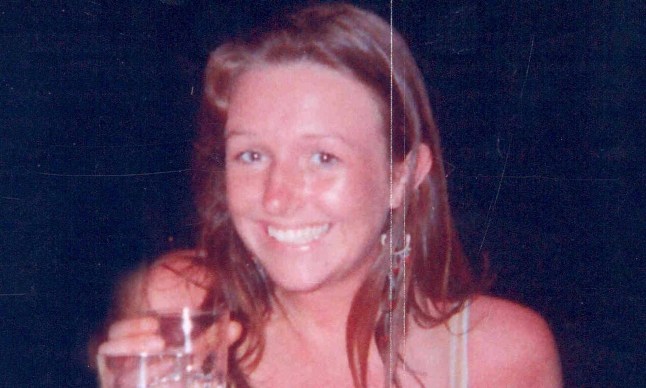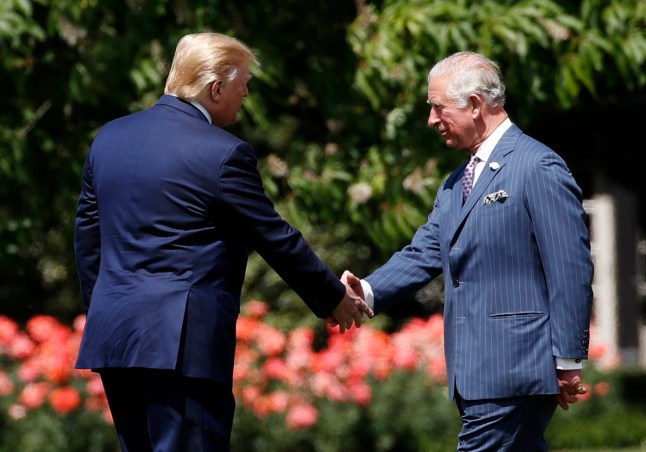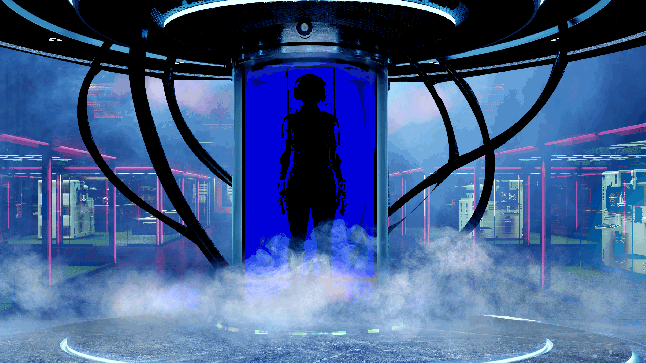
A British man’s body has been flown to the US and placed in liquid nitrogen under a scheme offering a second chance at life.
The ‘patient’ had signed up to a programme which offers members the chance of a reawakening via ‘long-term cryonic storage’ in Michigan.
After his death on February 11, the Cryonics UK group carried out a preservation process including dry ice cooling while transport permits were acquired for the 3,700-mile journey.
Named only as ‘patient 268’, the future-proofer’s body arrived at the Cryonics Institute (CI) 16 days later.
It was then cooled to well below freezing over a 25-hour period before being stored indefinitely.
The details of the preservation are included in the latest case reports released by the institute following the unnamed man’s death
The UK has the largest number of CI members in the world outside the US, with 128 people signed up for various ‘suspension’ options or to play a role in the non-profit organisation.
The institute said: ‘Once the details for transit were in place, the patient was transported to Detroit Metro Airport, where he was picked up and brought to the CI facility.
‘The patient arrived at the CI facility on February 27th at 9:30pm.
’The patient was then transferred to the computer-controlled cooling chamber to cool to liquid nitrogen temperature.
‘The human dry ice program was selected and the time needed to cool the patient to liquid nitrogen temperature was 25 hours.
‘The patient was then placed in a cryostat for long-term cryonic storage.’
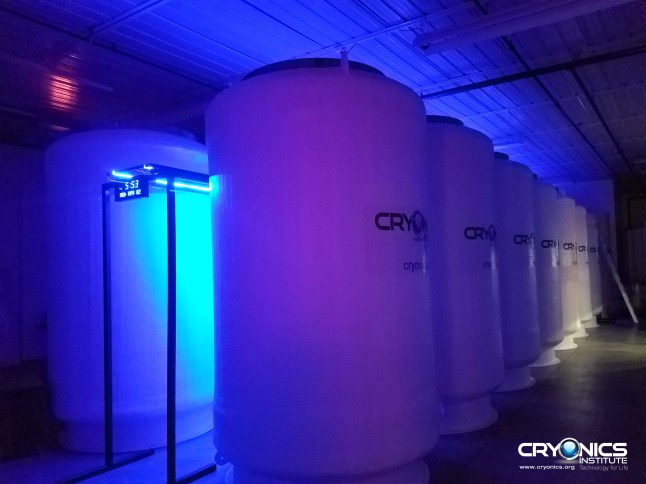
The ‘suspension’ process involves bodies being placed in a large ‘cryostat’ and stored in liquid nitrogen at –196C (-320F) in the hope that future technology can bring about a second life, as well as a cure for conditions that may have caused a clinical death.
Chefs, students, secretaries and professors are among those who have been ‘de-animated’ at the largest cryo facility in the world.
Founded in 1976, the institute has two sites in Michigan housing more than 250 patients who have paid for the outside shot at a revival.
The bodies of pets are also in storage at the facility.
Rhea Ettinger, the longest-running patient, has been in her sub-zero waiting room since 1977.
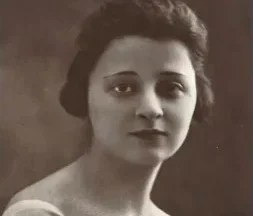
CI president Dennis Kowalksi has previously described cryonics as a gamble that may result in ‘an ambulance ride to a future hospital’.
‘Ironically, while the number of members is growing, I’m only surprised that we’re not more popular,’ he said.
‘What we are doing is pretty rational when you think about it.
‘Cryonics is like an ambulance ride to a future hospital that may or may not exist some day. While we give no guarantees, if you are buried or cremated your chances of coming back are zero. We are therefore a Pascal’s wager, or a gamble with little to lose and all to gain.’
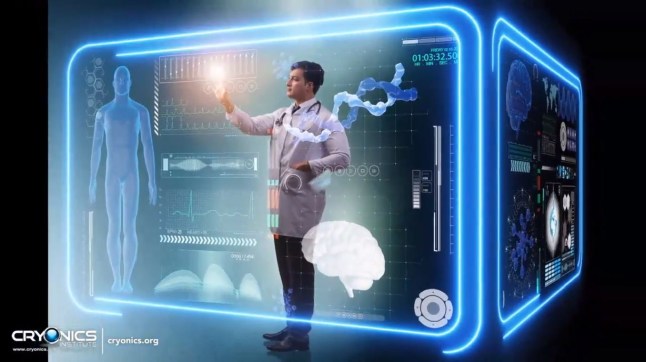
The latest British arrival at the cryo-service is among those who have taken the gamble on radical advances in future technology.
Cryonics proponents point to artificial intelligence, stem cell research and nanotechnology as having particular scope for breakthroughs.
Mr Kowalski has compared doubts over whether humans can be brought back to life — with a revival of the brain being especially tricky — with the progress made over the years to conduct heart or liver transplants.
Critics of cryonics view the process as fanciful pseudoscience, with Dr Miriam Stoppard, a journalist and doctor, previously saying the process ‘robs the dying of their dignity’.
However, such doubts have had little impact on the growing numbers who have signed up for the scheme.
One of the best-known British CI members, Alan Sinclair, an 87-year-old granddad, has acknowledged there is ‘no guarantee’ of a second life but said that ‘coming out of suspension at 185 or 1085 is a good idea’.
Do you have a story you would like to share? Contact josh.layton@metro.co.uk

